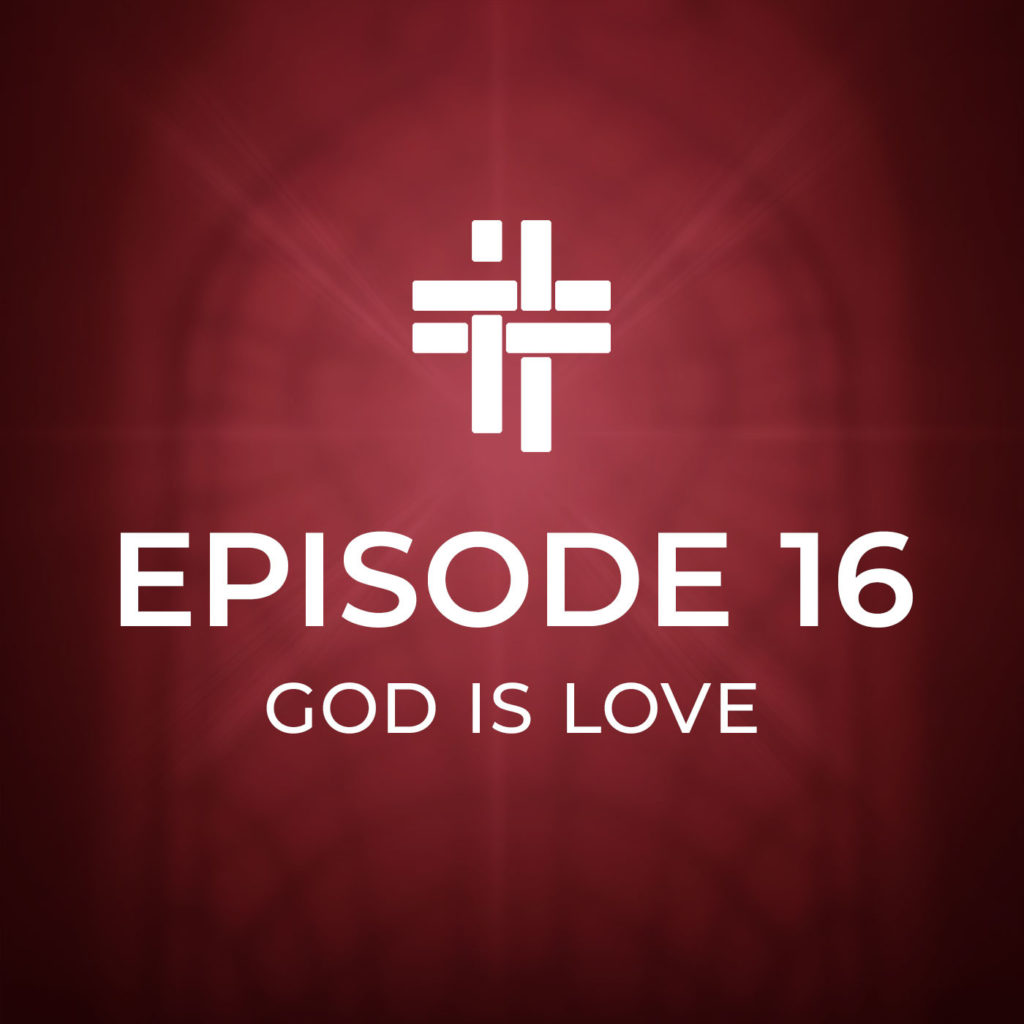The most important factor in peacemaking is divine love. In order to better understand this truth, aspiring peacemakers will want to study Benedict XVI’s encyclical “God Is Love.” Most people, immersed in a culture dominated by Materialism, have a difficult time conceiving the true nature of God. When we dig deep into the concept “God Is Love,” we begin to see God in terms of divine relationship. This understanding makes peacemaking possible.
Podcast: Play in new window | Download (Duration: 12:08 — 16.7MB) | Embed
Subscribe to the podcast
Credits
“Angel Share” by Kevin MacLeod Licensed under Creative Commons: By Attribution 3.0 License


